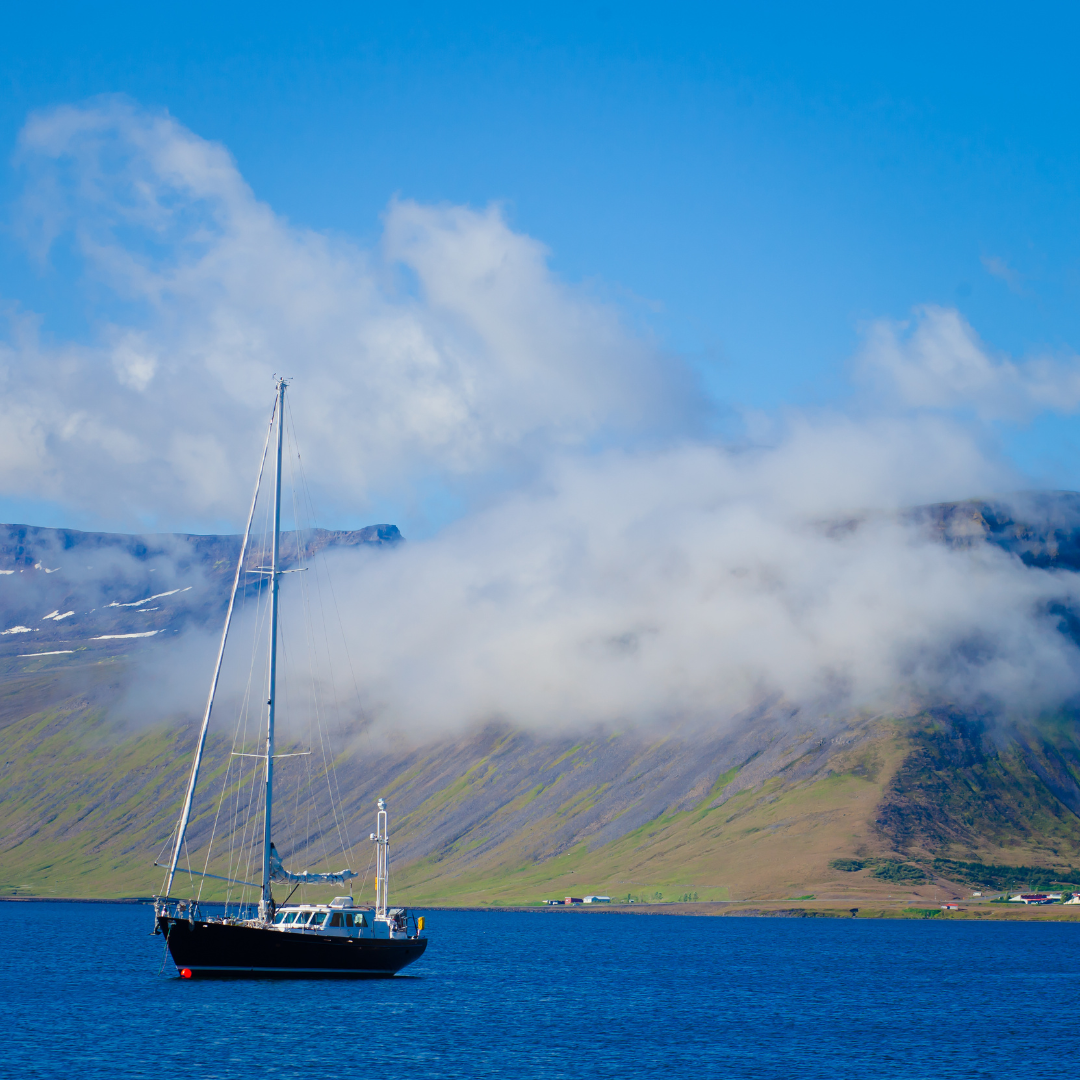Navigating Iceland’s Rugged Fjords: A Guide to the Westfjords and Beyond

Iceland, aptly dubbed the “Land of Fire and Ice”, is renowned for its contrasting landscapes – geysers, volcanoes, glaciers, and vast expanses of unspoiled terrain. Among its many natural wonders, the rugged fjords stand as a testament to nature’s sculpting prowess. These deep inlets, carved by ancient glaciers, offer a unique sailing and exploration opportunity. This guide will take you through the majestic fjords of Iceland, with a focus on the stunning Westfjords and what lies beyond them.
The Majestic Westfjords: A Brief Overview
Situated in the northwestern part of Iceland, the Westfjords are a mesmerizing maze of deep inlets surrounded by steep cliffs. Often considered one of the country’s most remote and untouched regions, they are home to some of Iceland’s most breathtaking landscapes, from cascading waterfalls to tiny fishing villages nestled at the base of towering peaks.
The region’s isolation has ensured that its natural beauty and ecosystem remain largely undisturbed. Dynjandi, one of Iceland’s most impressive waterfalls, is a prime example of the region’s pristine beauty. Additionally, the Hornstrandir Nature Reserve, located at the northernmost tip of the Westfjords, offers an untouched wilderness that beckons adventurers and nature lovers alike.
Charting a Course: Best Routes and Hidden Coves
When navigating the Westfjords, one’s journey typically begins at Ísafjörður, the region’s largest town and a significant harbor. From here, a popular route is to sail south, skirting the coastline and delving into hidden coves like Seyðisfjörður and Mjóifjörður.
Another route, ideal for those keen on witnessing birdlife, is the journey to Látrabjarg, the westernmost point of Iceland. This cliff is one of Europe’s largest bird cliffs and a haven for puffins, guillemots, and razorbills. The secluded beaches, such as Rauðasandur with its pinkish-red sands, offer perfect anchoring spots for a tranquil retreat.
Icelandic Fjords Beyond the Westfjords
While the Westfjords are undoubtedly a highlight, Iceland’s eastern and southeastern coastlines also boast fjords worth exploring. Seyðisfjörður, with its multi-colored wooden houses and rich cultural scene, is a charming destination. The Eastfjords, with fjords like Borgarfjörður Eystri and Fáskrúðsfjörður, provide a mix of wildlife, history, and stunning landscapes.
The southeastern region, often overshadowed by the famous Jökulsárlón glacier lagoon, hides gems like Berufjörður, a fjord rich in folklore and known for its diverse birdlife and dramatic landscapes.
Geological Marvels: The Making of the Fjords
Iceland’s fjords are the product of millions of years of geological activity. Created by glaciers moving through ancient valleys, they’ve been further shaped by volcanic eruptions, tectonic shifts, and the relentless force of the North Atlantic Ocean.
The fjords tell tales of a land constantly in flux. The basalt columns, lava fields, and geothermal vents encountered along their shores are living evidence of the powerful geological forces that crafted them.
Encounters with Marine Life in the Fjord Waters
The nutrient-rich waters of Iceland’s fjords offer ample opportunities for marine life encounters. Whales, including orcas, humpbacks, and minke, are frequently sighted, especially during the summer months.
Porpoises, seals, and diverse bird species, such as the Arctic tern and the iconic puffin, are also common. These encounters, set against the backdrop of the dramatic fjord landscapes, make for unforgettable memories.
Sailing Safely: Navigating Icy and Rugged Conditions
Navigating Iceland’s fjords presents challenges. The waters can be icy, and the weather is unpredictable. It’s crucial to have updated nautical charts, as underwater rocks and rapidly changing conditions can pose risks.
Iceland’s maritime authorities provide regular weather and sea condition updates. Keeping abreast of these updates, coupled with ensuring that your vessel is equipped with the necessary safety equipment – from lifejackets to GPS systems – is imperative for a safe journey.
Local Tales: Myths and Stories from the Fjords
Iceland’s rich tapestry of folklore is woven deep into the landscapes of the fjords. From tales of trolls turned to stone by the rising sun to legends of sea monsters lurking in the depths, the fjords are alive with stories passed down through generations.
In Seyðisfjörður, for instance, it’s said that the water spirit Lagarfljótsormur resides, guarding the region’s secrets. Engaging with locals often unveils these tales, adding a layer of magic and mystique to the fjord exploration experience.
Navigating the rugged fjords of Iceland is more than just a maritime journey. It’s an odyssey through geological time, a dance with ancient myths, and a communion with some of the most stunning landscapes on Earth. As you sail through these icy inlets, whether under the gentle glow of the midnight sun or the eerie beauty of a winter’s day, the fjords reveal the heart and soul of Iceland, inviting you to be part of its ongoing saga.


